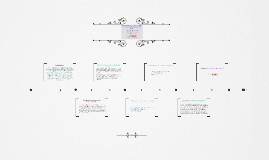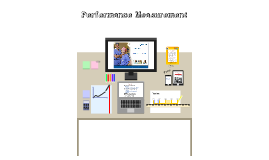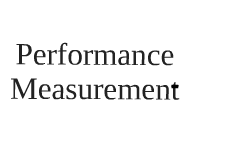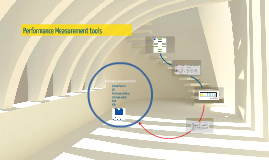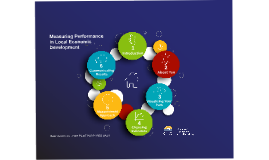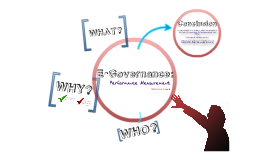Performance Measurement
Transcript: A logic model is a graphic illustration that shows the connections between the results you want to achieve, how you plan to achieve them and how you will validate them. By articulating the inputs, activities, outputs and outcomes of any project or program, it makes it easier to conduct both strategic/developmental work and performance measurement as you have a clear roadmap for success. When designing an external report, only essential data should make it into the infographic (i.e., do not get diverted by measures such as Return on Investment (ROI) that are not in your work plan). Usually people just want to see the overall impact and where the money went Align the design of your report with your existing design elements (i.e. community website), so the style of your messages looks consistent Make sure your reports are consistent through different time periods in order for the audience to track your progress easily 01 How can we help? Visualizing Your Path Examples: Internal reporting to officials External reporting to investors in order to attract financing External reporting to non-government organizations in order to create and foster partnerships, advertise your community External reporting to broader public in order to attract businesses and workforce Despite these barriers, it is almost always a good idea to have some sort of performance measurement process in place. Why? 02 ACTION is a systematic approach used to assess the efficiency and effectiveness of projects, programs and initiatives to monitor how 'on track' you are in achieving your desired goals and objectives As you begin to think about performance measurement within the economic development context, it is important to assess your current state in a systematic way. Having a core template or dashboard of your indicators can go a long way in reducing the time and effort required to generate various forms of reporting, as well as ensuring a consistent approach. Smaller projects and programs that are less complicated TIPS Action This could be real estate sales numbers for the area, unemployment rate, or population change. Common sources include Statistics Canada and BC Stats. Be aware of the difference between indicators related to your performance measurement work, and the data you are asked to track as part of your economic development function Keep them separate! All indicators being used to demonstrate the success or progress of your program should be tied directly to the program’s activities, outputs and outcomes Any indicators that do NOT provide support or evidence of your program’s progress should be tracked and contextualized separately as economic data collection and reporting This becomes very important when you are reporting on your program’s activities or attempting to demonstrate the value of the work being undertaken. Integrating general economic data into your performance measurement framework is at best confusing or misleading, and at worst can make it seem like the program is ineffectual or vague in its goals Action Communicate the purpose of performance measurement At this point you have either visualized your path and selected your indicators in the previous modules, or perhaps you’ve come directly here because you just need to fine tune your existing program. The first step in creating your performance measurement approach is to capture the current status of your program or project. Head over to Module 4 A guide for the allocation of resources Module 3: Visualizing Your Path • Very clearly demonstrates how different areas are interlinked • Easy to map on related indicators • Some may appreciate the highly visual depiction Return to your workbook, and have a look at tabs two and three: “Logic Model, Type 1, List” and “Logic Model, Type 2, Chart.” Both methods of visualization are useful, and you can choose which one you’d like to build on depending on your context. Feel free to play around with both. Remember the cyclic nature of a performance measurement framework and continue to monitor and adjust as necessary. This is why looking at the immediate and intermediate outcomes is one of the most important steps in the performance measurement process. These outcomes are more directly related to the work you’re doing (the activities and related outputs), and together lead towards your ultimate outcome, and can serve a proxy to indicate long-term success. Based on baselines and benchmarks, reasonable and achievable targets may be set. They should link back to the goals of your plan or program(s). We recommend having template or dashboard of your indicators updated regularly, and used as the basis for reporting in the following ways: It may be useful to go through the process of creating your measurement plan as a small group, or to check in with your key stakeholders (such as board members, elected officials or CAO) throughout the process to ensure that everyone is on the same page and has a certain degree of buy-in and






